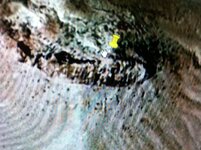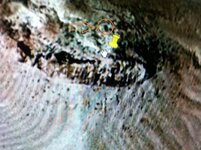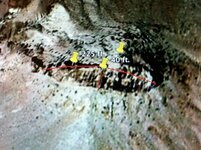auferret
Sr. Member
- Sep 25, 2007
- 420
- 73
- Detector(s) used
- White's MXT
Sunray DX-1
Falcon MD20
Garrett Seahunter Mark II
- Primary Interest:
- All Treasure Hunting
Thanks for the link, it was interesting. For those that don't know it, Google does a pretty good job of translating. You might have to have Google Toolbar installed though.












